 |
| Home | History | Advertising | Brochures | Photos | Road Tests |
| Mk1 Brochure | Mk2 Brochure |
|
The Ideals |
|
|
Performance. An engine, transmission and suspension to perform outstandingly well within the demands made of the vehicle. (There seems to be little sense in having a 120 m.p.h. car that's unstable at 80.) Comfort. Body contoured seating, heater, demister, cigar lighters, sound proofing, precise Rtecring, roadholding suspension —all necessary if you're to be as comfortable as possible. Safety. It is built in—not just added on. Safety is one consideration that will not allow corners to be cut. These are the qualities to look for in a luxury car. These are the qualities you'll find in Rover, Daimler and Jaguar. And now in the new Kimberley X6 and Tasman X6. With these two family priced cars, we've succeeded where others have failed. But then we've had a lot of practice. You see, we build Rover, Daimler and Jaguar as well.
| |
The Styling and Development | |
| Instead we've chosen ageless, simple lines. The result is a handsome and refined car with a rather rakish look. But then, that's something you can judge for yourself when you visit your dealer. | |
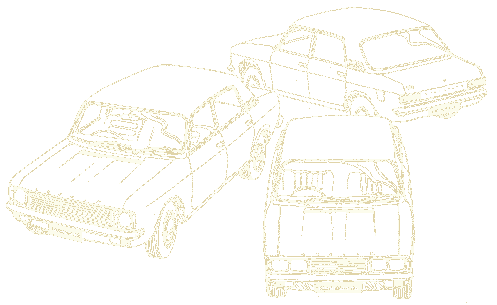 |
|
|
Styling. The most noticeable difference between the two cars is the twin headlights on the Kimberley. Apart from that the basic appearance of the cars is identical. You won't find acres of chrome on these cars. Everything has been styled to he as neat and clean and functional as humanly possible. We've chosen not to follow fads and fashions. Mostly because what's in fashion one year is out of fashion the next. |
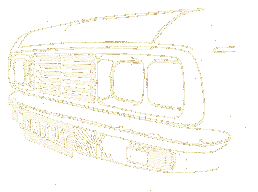 |
Performance | |
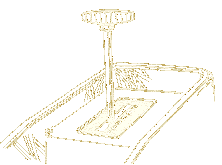 | |
 |
You can choose from a three speed automatic gearbox, or a four speed manual, both operated by a short chunky shift mounted on the floor, and described by a famous Australian rally driver as "as smooth as silk". The cars ride on all independent suspension. It results in a very much smoother ride and roadholding unmatched by any other car in the price range, and many well beyond. The cars get you where you want to go rapidly and quietly. And to stop you just as rapidly, the cars have power-assisted disc brakes up front. |
| Both vehicles are capable of speeds in excess of 100 mph. But, more importantly, both are amazingly flexible throughout the gear range. A touch with the right foot results in instant power at the wheels. The cars accelerate in a fashion that will embarrass many so-called sportscars. Power is transmitted straight to the front wheels. There's no big, space-wasting transmission tunnel through the middle of the cars. | 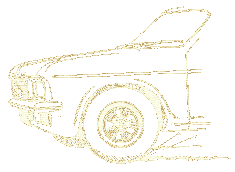 |
Comfort | |
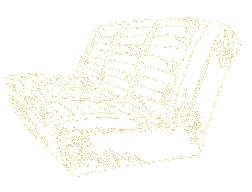 | |
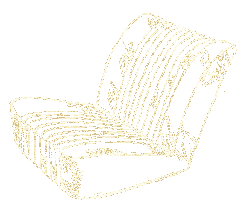 |
If you look at both cars from the outside, you'll notice they don't appear to be as big as some. But once you sit inside, you'll notice they appear bigger than most. That sounds impossible, so we'd better explain. |
| The manual Tasman has a wide bench seat in front. We believe that back seat passengers have every right to be as comfortable as those in the front seats. So we've designed the seating that way. Even down to seemingly insignificant features like an upholstery material that breathes. You'll realise the advantages of that on any hot day, and we have a lot of those in this country. But having comfortable seating is not enough. You need room to stretch. It is in this department that the Kimberley and Tasman excel. | 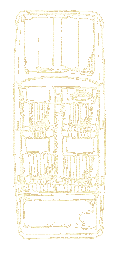 |
| The engine, big as it is, sits across the car. It takes Up less space outside and allows more cabin space inside. In fact almost 80% of the car's length is for passengers and luggage. When you stretch out in the spacious back seat, you can be excused for thinking you're sitting in a chauffeur driven limousine. | 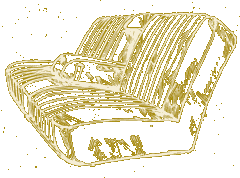 |
| Let it be sufficient to say that both cars, Kimberley and Tasman, offer more leg room and head room than many enormous American cars. The Kimberley has a list of luxury features unmatched in its class. A fresh air heater and demister system with a powerful fan. It warms you up when it's cold, and cools you down when it's hot. | Deep pile door to door carpets moulded to fit tight in every corner. Personal fresh air ventilation for both driver and passengers. Arm rests on the spacious rear seat. Cigar lighter. Even courtesy lights in the boot and engine. Many things other cars call extras, the Kimberley calls standard equipment. |
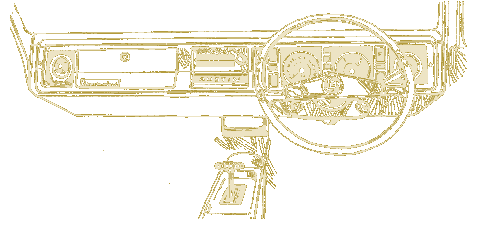 |
|
Safety | |
| Instrumentation and Controls. They must be complete and completely within easy reach. And that's just where they are. We've even given you childproof door locks in the back, a tamper proof steering wheel lock, and a hazard warning system that flashes front and rear indicator lights at the flick of a switch. | |
| Steering, for example. It should be as precise as possible, so we've given the cars the best possible. Rack and Pinion. Vision. You must see, where you're going, so we've given you excellent all–round vision without those dangerous and annoying 'blind spots'. | 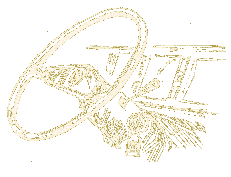 |
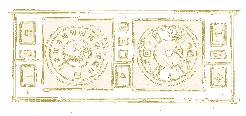 |
If you've ever had a flat tyre on a dark night, you'll understand why. All these safety features are built in with the idea that. prevention is better than cure. But to protect you from people who think otherwise, we've gone even further. Seat belts are standard equipment. So, too, are recessed door handles, safety padding, burst proof door locks, and safety glass windscreens. |
| The cabin has been described as equal to the strongest box body in the world. If you should be hit, the engine (because it's mounted across the car) acts as a huge buffer and absorbs most of the impact We actually crashed cars into a 200 ton concrete block, at 30, 40 then 50 m.p.h. and filmed the impact with a slow motion movie camera. The camera can't lie, and it told us some reassuring facts; under this incredible impact, the engine rolled under the cabin and not into it. The steering wheel pushed up and away from the driver, and the doors remained locked. | The passenger cabin was virtually untouched. Even the instrument panel, beautiful as it is, is built to collapse on impact. Rust is another safety hazard. So we make sure it doesn't happen by completely rotating the body through seven different rust processm We call it the Rotodip process, and it's exclusive to us. We hope you'll never need these safety features, but it's nice to know they are there. |
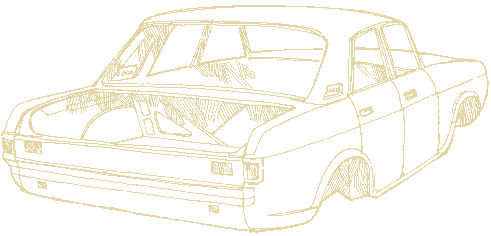 | |
The Testing | |
| Stop/start, every day driving in heavy traffic, on had roads and good. Idling and starting in hot weather and cold weather, in rain and in the sun. We tested day and night for months and months before giving the go ahead for production. $1,000,000 of testing, and 260,000 miles later we gave the O.K. The first pilot batch of Tasmans and Kimberleys rolled off the production line. Ready for phase 4. We took those first production line cars and did the whole thing over again. What does all this testing mean to you? Reliability. The kind of safe, dependable motoring you expect from a luxury car... at any price. | |
| For phase 2, the accelerated durability test, we took these first prototypes out of the laboratories for their first actual road proving trial on Australian roads. Gruelling runs from the Snowy to Darwin and back, to see what might go wrong. Then fix it so it couldn't happen again. Phase 3. Consumer Testing. Driving the X6 for thousands of miles under normal conditions. | 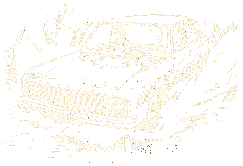 |
Options and Accessories | |
| All these features are optional, and in case you want to go even further, you can choose from a list of accessories that would need a separate brochure to explain. All the accessories are and 380 dealers in Australia. Radios, mudflaps, fog lamps, driving lamps, number plate frames, sunvisors, weather shields, door mirrors, a padded glove for the steering wheel, tow bar, tailored floor mats, towelling seat covers. You think of it. We've got it. | |
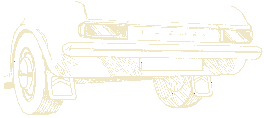 |
 |
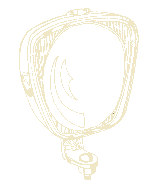 |
 |